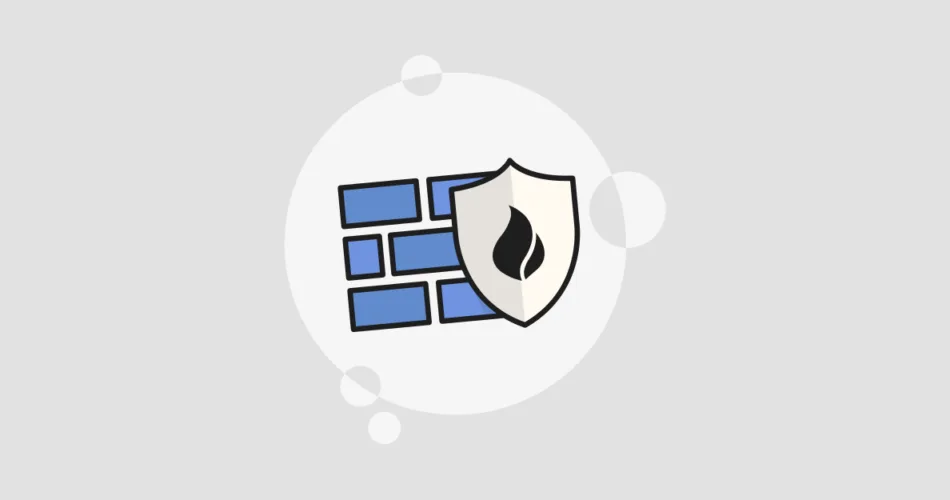APIs are essential components of modern applications, enabling communication and data exchange between different systems. However, with this increased connectivity comes the need for robust API security measures. In this comprehensive guide, we’ll explore API security considerations and practical implementations using Java, including addressing threats such as Cross-Origin Resource Sharing (CORS), preventing injection attacks (SQL and XSS), and implementing rate limiting and throttling mechanisms.
Cross-Origin Resource Sharing (CORS)
Cross-Origin Resource Sharing (CORS) is a security feature implemented by web browsers to prevent web pages from making requests to a different domain than the one that served the web page. While CORS is a vital security feature, it can sometimes be too restrictive for APIs. To enable cross-origin requests, you can configure your API server to include the appropriate CORS headers.
// Java Example: Configuring CORS for a JAX-RS API
@Provider
public class CorsFilter implements ContainerResponseFilter {
@Override
public void filter(ContainerRequestContext requestContext, ContainerResponseContext responseContext) throws IOException {
responseContext.getHeaders().add("Access-Control-Allow-Origin", "*");
responseContext.getHeaders().add("Access-Control-Allow-Methods", "GET, POST, PUT, DELETE");
responseContext.getHeaders().add("Access-Control-Allow-Headers", "Content-Type");
}
}
Preventing Injection Attacks (SQL, XSS)
Injection attacks, such as SQL injection and Cross-Site Scripting (XSS), are common security threats to APIs. SQL injection occurs when malicious SQL queries are injected into input fields, potentially leading to unauthorized data access or manipulation. XSS attacks involve injecting malicious scripts into web pages viewed by other users, compromising their data or security.
To prevent these attacks, it’s crucial to validate and sanitize input data and use parameterized queries for database interactions.
// Java Example: Using Prepared Statements to Prevent SQL Injection
String userInput = ...; // Input from the user
String sql = "SELECT * FROM users WHERE username = ?";
try (Connection connection = dataSource.getConnection();
PreparedStatement preparedStatement = connection.prepareStatement(sql)) {
preparedStatement.setString(1, userInput);
ResultSet resultSet = preparedStatement.executeQuery();
// Process the results
}
Rate Limiting and Throttling
Rate limiting and throttling are crucial for protecting your API against abuse, ensuring fair usage, and maintaining system stability. Limiting Rate restricts a client’s API request count within a specified time frame, while throttling controls the request processing rate.
// Java Example: Implementing Rate Limiting with JAX-RS
@Provider
public class RateLimitingFilter implements ContainerRequestFilter {
@Override
public void filter(ContainerRequestContext requestContext) throws IOException {
// Check the rate limit for the client and deny or throttle requests as needed
}
}
By implementing CORS configurations, preventing injection attacks, and implementing rate limiting and throttling, you can significantly enhance the security of your APIs and protect them from common threats and abuse.
Remember that API security is an ongoing process, and staying informed about emerging threats and security best practices is essential to maintaining a secure API environment.
Subscribe to our email newsletter to get the latest posts delivered right to your email.


Comments